Prisoners
Supporting Prisoners’ Mental Health: A False Choice between Treatment and Security
By Nicole Kief, Legal Advocate, Prisoners’ Legal Services, a project of the West Coast Prison Justice Society
The West Coast Prison Justice Society will be hosting a conference on June 2, 2017 on mental healthcare in prisons. For more information, please read through to the end of this blog.
JT suffers from frontal lobe deficits, attention deficit hyperactivity disorder and complex post-traumatic stress disorder. He entered the federal prison system in 1995, where he was held in solitary confinement for extended periods of time. He began to self-harm in the form of head-banging as a coping mechanism.
The Correctional Service of Canada put JT under a Behaviour Management Protocol that required him to be locked in his cell if he engaged in head-banging, and to remain there for 24 hours without banging his head. If he did not stop banging his head, he would be given an order to stop and then force, including chemical agents, would be used against him. He was held in solitary confinement for hundreds of days.
An independent psychiatrist warned that JT was at risk of serious brain damage or death from banging his head. Yet, JT’s solitary confinement continued, where he was locked in a cell for up to 23 hours per day with little or no meaningful human contact, which made his self-harming worse.
After much advocacy by our organization, the Correctional Service of Canada began to provide JT with individual trauma therapy and ended his solitary confinement. JT was able to gain control of his self-harming and was released to the community where he did not engage in head-banging again. He still suffers from flashbacks and nightmares.
The prevalence of mental health issues in federal prisons is estimated to be two to three times higher than in the general community,[i] and up to 90 percent of federal prisoners have a substance abuse problem.[ii] People in prison have also experienced above average rates of trauma and victimization;[iii] indeed, close to 70 percent of federally sentenced women report histories of sexual abuse and 85 percent report having been physically abused.[iv]
Despite the vulnerability of this population, access to meaningful mental health services are very limited in Canada’s prisons. Far too many prisoners with mental disabilities are spending time in solitary confinement – an environment that exacerbates trauma and mental health issues.
The United Nations considers solitary confinement of people with mental disability for any length of time to be torture. Yet 69 percent of people flagged with mental health issues in federal maximum security prisons had recently been in long-term solitary confinement at mid-year 2015-2016, with an average stay of 81 days.[v] A staggering 87 percent of prisoners with a history of self-injury have spent time in segregation.[vi]
Prisoners across BC often complain to Prisoners’ Legal Services about being held in solitary confinement. They report being held in a small and often filthy cell for at least 23 hours per day with very little human interaction, and having their basic human dignity undermined. Prisoners in segregation cells sleep and eat all meals in their cell, in close proximity to the toilet.
Interaction with correctional, medical and psychological staff is very limited and usually happens through the cell door where there is no privacy from guards or other prisoners. Contact with other prisoners is usually limited to yelling through cell doors.
When our clients tell psychological staff that they need more human interaction, they often report feeling that staff are impatient with no time to really talk and that their feelings of isolation are ignored.
Even prisoners on suicide watch are held in cells in administrative segregation units. Ashley Smith, a prisoner who had a long history of self-harm and spent a considerable amount of her sentence in solitary confinement, died of self-strangulation in 2007 while on suicide watch.
The use of solitary confinement in Canada must end. Evidence shows that it makes prisoners with existing mental disabilities worse, and that it can cause severe psychological symptoms, including self-harm and suicide, in prisoners without existing mental disabilities.[vii] As law professor Michael Jackson has noted, solitary confinement is “the most individually destructive, psychologically crippling and socially alienating experience that could conceivably exist within the borders of a country.”[viii]
Prisoners’ Legal Services calls on the governments of Canada and British Columbia to abolish solitary confinement. We call on them to invest in truly meeting the mental health needs of all prisoners. Critical interventions include establishing specialized mental health units to address the specific therapeutic needs of prisoners, and implementing a trauma informed approach, dynamic security and de-escalation practices in all correctional settings. Studies demonstrate that these approaches can reduce incidents of self-harm and violence and foster a prison environment that is more conducive to counselling and rehabilitative programs.[ix]
On June 2, 2017, Prisoners’ Legal Services will bring together prison-based mental health and medical professionals to discuss how they can advocate for their mental health patients and meet their ethical obligations while working in the prison environment. The conference will feature speakers from Correctional Service Canada and BC Corrections, as well as experts in trauma, solitary confinement, self-harm and personality disorders.
And for more information about solitary confinement in Canada and British Columbia, see our report: Solitary: A Case for Abolition.
[i] Office of the Correctional Investigator, “Annual Report of the Office of the Correctional Investigator 2014- 15” at 17. Online: http://www.oci-bec.gc.ca/cnt/rpt/pdf/annrpt/annrpt20142015-eng.pdf.
[ii] House of Commons, Standing Committee on Public Safety and National Security, Drugs and Alcohol in Federal Penitentiaries: An Alarming Problem (April 2012) at 19. Online: http://www.parl.gc.ca/content/hoc/committee/411/secu/reports/rp5498869/securp02/securp02-e.pdf/.
[iii] Nancy Wolff, Jing Shi, and Jane A. Siegel, “Patterns of Victimization Among Male and Female Inmates: Evidence of an Enduring Legacy” (2009) Violence Vict. 24(4) at 469-484. Online: https://www.ncbi.nlm.nih.gov/pmc/articles/PMC3793850/.
[iv] Canadian Association of Elizabeth Fry Societies, “Criminalized and Imprisoned Women”, Fact Sheet, (2015). Online: http://www.caefs.ca/wp-content/uploads/2013/05/FINAL-Fact-Sheet-2015-Criminalizedand-Imprisoned-Women.pdf.
[v] Correctional Service of Canada ATIP response to Prisoners’ Legal Services’ request for information (Fiscal Year 2014-2015). Mental health need was defined as having had at least one mental health treatment-oriented service or stay in a treatment centre during the six months prior to the data extraction.
[vi] Office of the Correctional Investigator, “Administrative Segregation in Federal Corrections 10 Year Trends”, Report, (28 May 2015). Online: http://www.oci-bec.gc.ca/cnt/rpt/oth-aut/othaut20150528-eng.aspx.
[vii] See Stuart Grassian, “Psychiatric effects of solitary confinement” (2007) Journal of Law and Policy 22, pp 325-383; See also Craig Haney, “Mental Health Issues in Long-Term Solitary and “Supermax” Confinement” (January 2003) Crime & Delinquency vol. 49 no. 1 124- 156; and Sharon A. Shalev, A sourcebook on solitary confinement (London: Mannheim Centre for Criminology, London School of Economics and Political Science, 2008). Online: http://solitaryconfinement.org/uploads/sourcebook_web.pdf.
[viii] West Coast Prison Justice Society, “Solitary: A Case for Abolition” (November 2016) at 4. Online: https://prisonjusticedotorg.files.wordpress.com/2016/11/solitary-confinement-report.pdf.
[ix] Penal Reform International, “Balancing security and dignity in prisons: a framework for preventive monitoring”, Report, (London: 2015). Online: https://cdn.penalreform.org/wp-content/uploads/2016/01/security-dignity-2nd-ed-v6.pdf. Sarah Glowa-Kollisch, Fatos Kaba, Anthony Waters, Y. Jude Leung, Elizabeth Ford and Homer Venters, From Punishment to Treatment: The “Clinical Alternative to Punitive Segregation (CAPS) Program in New York City Jails, Int J Environ Res Public Health, February 2016; 13(2): 182. Niki A. Miller & Lisa M. Najavits, “Creating trauma-informed correctional care: A balance of goals and environment” (2012) Eur J Psychotraumatology 3: 10. Lori Whitten, “Trauma-Informed Correctional Care: Promising for Prisoners and Facilities, Corrections and Mental Health”, National Institute of Corrections (2013).


